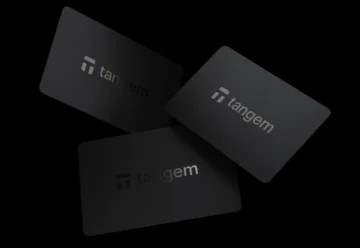Popularity of Crypto Cards for Everyday Spending Grows in Europe

In 2025, the number of orders for new crypto cards in Europe increased by 15%, with about half of the transactions being under €10. This trend reflects a declining reliance on cash in the region.
According to a report by the crypto platform CEX.IO, Europe saw a sharp rise in the use of crypto cards in H1 2025. From January to June, orders for new crypto cards grew by 15%.
Analysts note that approximately 45% of transactions using crypto cards are for amounts less than €10 ($11.7). Around 40% of these transactions are online payments. The average transaction amount with crypto cards was €23.70 ($27.7). For comparison, according to Mastercard’s Q2 2024 report, the average transaction amount on bank cards in Europe was €32.89 ($38.5).
Furthermore, there’s growth in the use of crypto cards for everyday expenses, a segment historically dominated by cash. According to CEX.IO data, the most popular categories for crypto payments include:
- grocery shopping — about 30% of payments;
- dining at restaurants and bars — 19%;
- visits to entertainment venues — 16%;
- food delivery — 11%.
The most popular digital assets for payments are stablecoins, accounting for 73% of all crypto card transactions in the Eurozone. Bitcoin, Ethereum, Litecoin, and Solana are also widely used.
Analysts say that the rising popularity of crypto cards for everyday spending could become a key driver in reducing European consumers’ dependence on cash. According to the European Central Bank, in 2024 about 55% of Eurozone consumers preferred cards and other cashless payment methods for in-store purchases, while only 22% favored cash.
Crypto cards based on Mastercard or Visa payment systems were issued by MetaMask, Bybit, WhiteBIT, Floki, Avalanche, Mercuryo, SafePal, 1inch, and many other companies.











